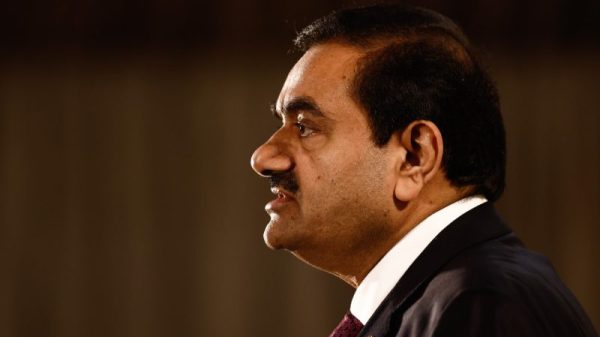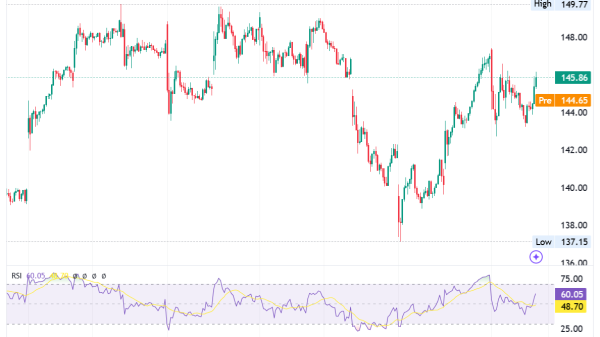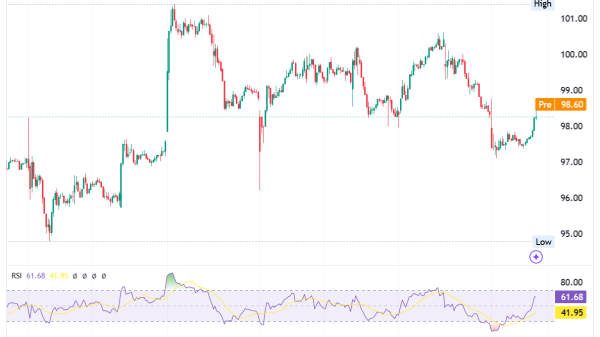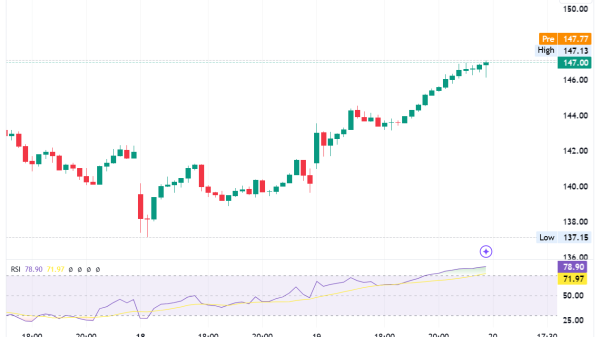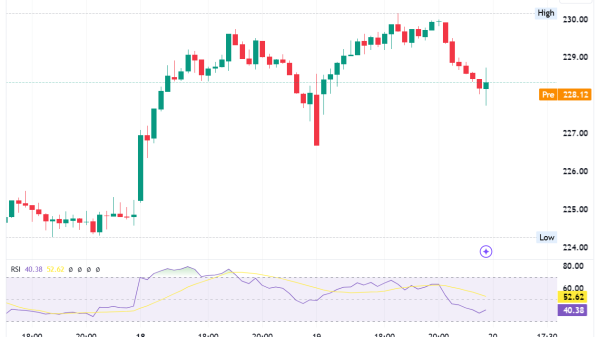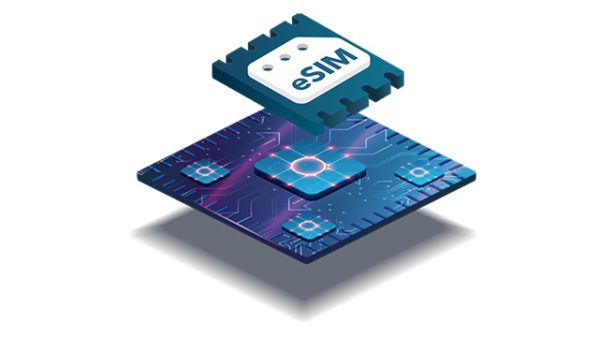In today’s fast-paced industrial and manufacturing sectors, safety and efficiency are paramount concerns. Companies are increasingly turning to innovative technologies to transform their workplace culture, with the Wearable Internet of Things (WIoT) taking center stage. This cutting-edge technology is not only overhauling traditional practices but also revolutionizing the way companies approach worker safety and productivity. In this article, we will delve into the ways wearable technology is currently reshaping the industrial and manufacturing landscape, explore the myriad benefits of WIoT, and shed light on the software solutions that are propelling this revolution.
A Shift in Workplace Culture
Industrial and manufacturing environments have long been associated with rigorous physical demands and safety concerns. However, as technology advances, so too does the ability to safeguard workers and improve overall efficiency. Wearable technology, in particular, has emerged as a game-changer. From smart helmets to augmented reality glasses, these devices are revolutionizing the way workers interact with their environment.
One of the most significant shifts brought about by WIoT is the move towards a more proactive approach to safety. Traditionally, safety measures were often reactive, focusing on addressing incidents after they occurred. With wearable devices, companies now have access to real-time data that enables them to identify potential hazards before they become accidents. For example, smart vests equipped with sensors can monitor environmental conditions, such as temperature and air quality, alerting workers and management to unsafe conditions instantly.
The Multifaceted Benefits of WIoT
The adoption of WIoT is not solely driven by safety concerns; it also promises a host of other benefits. One of the most compelling advantages is its ability to reduce worker fatigue. In physically demanding industries, fatigue can lead to accidents and decreased productivity. WIoT devices can monitor a worker’s biometrics, such as heart rate and body temperature, in real-time. When fatigue is detected, alerts can be sent to both the worker and their supervisor, prompting necessary breaks or adjustments to tasks.
Furthermore, WIoT is facilitating the digital transformation of facilities. These devices are no longer just tools for monitoring workers; they are becoming integral components of interconnected systems that optimize operations. For instance, by equipping machinery with IoT sensors, it becomes possible to track equipment performance, anticipate maintenance needs, and reduce downtime. This seamless integration of WIoT technology results in cost savings and improved efficiency.
Enhancing Body Mechanics with Wearable Devices
The realm of body mechanics in the workplace is also being revolutionized by WIoT. Wearable devices, such as exoskeletons and wearable sensors, are designed to support workers and help them maintain correct postures and motions. These devices are equipped with sensors that can provide real-time feedback to workers, guiding them to adopt ergonomic positions that reduce the risk of musculoskeletal injuries.
Additionally, the data and understanding collected by these wearable devices is a goldmine of information. To harness this potential, companies are turning to sophisticated software solutions. These solutions aggregate data from various wearable devices and integrate it into a centralized platform. This allows for comprehensive analysis and insights that were previously unattainable.
For example, advanced analytics can identify patterns of movement and posture that may lead to injuries over time. By utilizing this data, companies can implement targeted training programs to improve worker ergonomics and reduce the risk of chronic injuries. Furthermore, the data can be used to engineer workflows, optimize the allocation of tasks and resources for maximum efficiency.
The Power of Integration
Integration is key to unlocking the full potential of WIoT. By consolidating data from wearable devices into a single platform, companies can achieve a holistic view of their operations. This data-driven approach enables predictive maintenance, real-time safety monitoring, and workflow optimization, all within one cohesive system.
Moreover, the benefits of WIoT extend beyond the factory floor. Office-based employees can also benefit from wearable technology, as it can monitor posture and sedentary behavior, promoting better health and well-being. For instance, smart wristbands can remind office workers to take breaks, stretch, or adjust their sitting positions, reducing the risk of long-term health issues.
Embracing Innovation: WIoT’s Role in Shaping Tomorrow’s Workplace
The Wearable Internet of Things is ushering in a new era of workplace culture, where safety, efficiency, and worker well-being take center stage. Companies that embrace WIoT are not only reducing the risk of injuries but also driving digital transformation, reducing worker fatigue, and optimizing operations. With the integration of advanced software solutions, the potential for improvement is boundless.
As more companies recognize the transformative power of WIoT, it is clear that this technology is here to stay. It is no longer a matter of if, but when, organizations will adopt WIoT to enhance worker safety and productivity. The future of industrial and manufacturing workplaces is being shaped by wearable technology, and those who embrace it are poised to lead the way in the evolving landscape of worker safety and efficiency.
The post Enhancing Worker Safety and Efficiency: The Wearable Internet of Things (WIoT) Revolution appeared first on IoT Business News.








